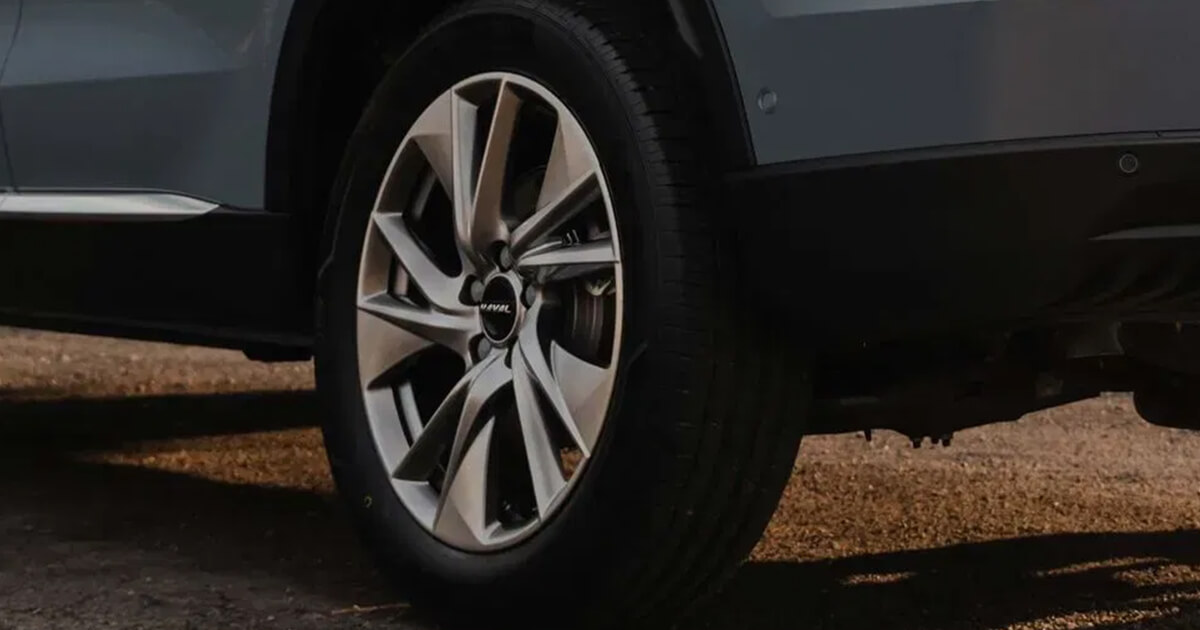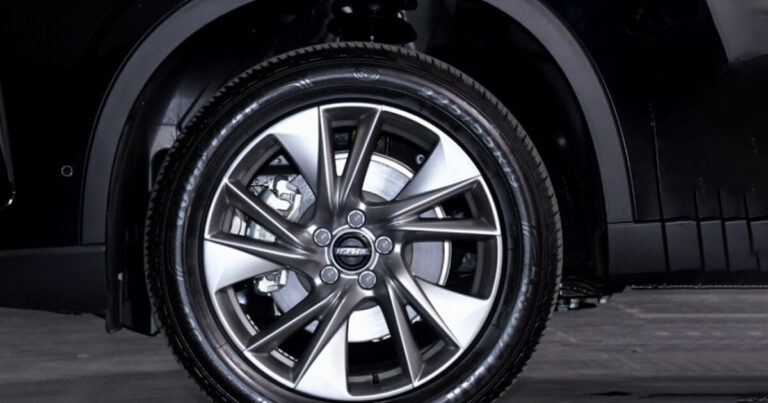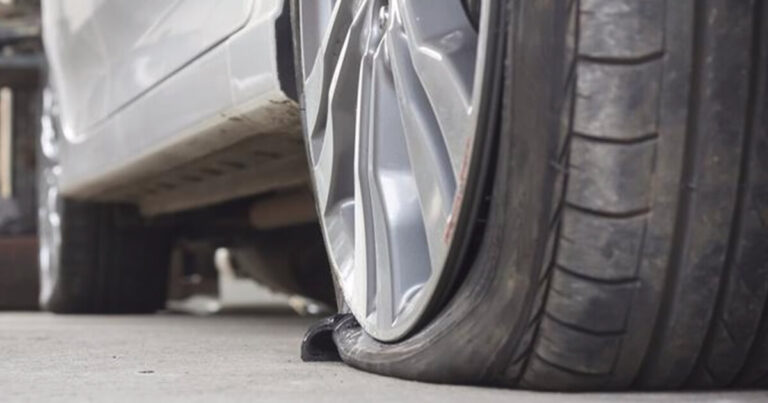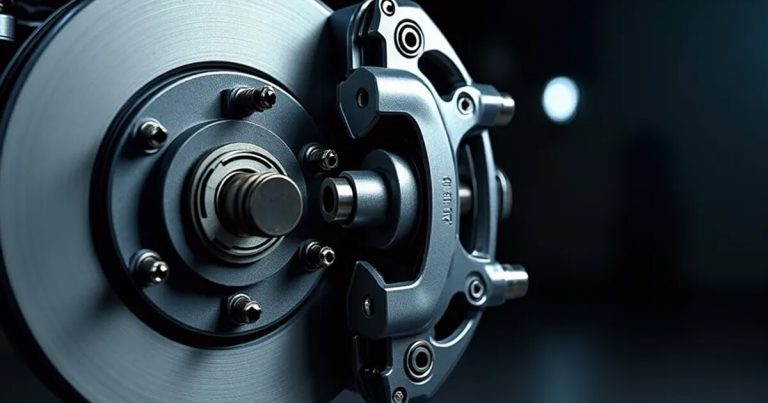When was the last time you checked your tyre pressure? It’s a simple task often overlooked, but it plays a crucial role in keeping you and your passengers safe. Proper tyre pressure affects how your car handles, brakes, and even how comfortable your ride feels. When it’s spot on, everything works seamlessly. When it’s not, your vehicle can feel sluggish or unpredictable.
Let’s explore why maintaining correct tyre pressure matters and how easy it is to stay on top of it.
Why Correct Tyre Pressure Matters
Correct tyre pressure keeps you safe, saves money, and protects your car. When the tyre pressure isn’t right:
- Handling becomes difficult. You lose that smooth control over steering and braking.
- Your tyres wear down quicker because the wrong areas are rubbing the road.
- Fuel gets used up faster due to higher rolling resistance.
It’s a small thing, but it makes a big difference.
Max Tyre Pressure vs Recommended Tyre Pressure
Here’s a common mistake: reading the sidewall and using that number. That’s the maximum pressure, not the ideal.
For example, if it says 44 PSI, that’s the highest it can go, not what it should run at. The recommended pressure ensures your ride stays safe and smooth.
Always follow the manufacturer’s recommended number, not the sidewall.
Normal Tyre Pressure for SUV: What’s Ideal?
SUVs need more air than smaller cars. Normal for an SUV, it ranges between 30–36 PSI. But don’t guess. Always check your vehicle’s manual or look for the sticker on the driver’s side door. That’s where you’ll find the correct PSI. Keeping the right PSI helps your SUV drive steadily, especially when carrying more weight.
Where to Find the Recommended Tyre Pressure
Avoid guessing. Your car’s recommended tyre pressure is typically found in:
- The driver-side door frame label
- The fuel door
- The glove compartment label
- Your owner’s manual
These values ensure optimal safety and performance for your specific vehicle.
How to Check Tyre Pressure Like a Pro
It’s easier than it sounds:
- Park your car and let the tyres cool down (at least 3 hours or under a 2km drive).
- Find your ideal PSI from your car’s door sticker or manual.
- Unscrew the valve cap.
- Use a pressure gauge to check each tyre.
- Compare the number with the ideal pressure.
- Add or release air if needed.
- Don’t forget the spare.
Tyre Pressure Chart: Understanding the Numbers
Charts help compare PSI across different vehicles and sizes. They’re handy for:
- Seasonal changes
- Heavier vehicle loads
- Modified dimensions
Still, your vehicle-specific recommendation should always come first.
Here’s a general pressure chart to help guide you:
| Vehicle Type | Tyre Size Range | Recommended PSI Range |
|---|---|---|
| Small Cars | 175/65 R14 to 185/70 R14 | 30–35 PSI |
| Sedans | 185/60 R15 to 205/55 R16 | 32–36 PSI |
| SUVs & Crossovers | 215/65 R16 to 235/60 R18 | 34–38 PSI |
| Pickup Trucks | 245/70 R16 to 275/55 R20 | 36–42 PSI |
| Vans/Minivans | 195/65 R15 to 225/60 R17 | 35–40 PSI |
| Performance Vehicles | Low-profile tyres | 32–40 PSI |
Note: Always check your specific vehicle’s sticker or manual, as load, tyre type, and driving conditions influence the ideal PSI.
Using an Air Compressor
Petrol stations have free air compressors. They’re simple to use:
- Set your desired PSI.
- Press the nozzle firmly on the tyre valve.
- Hold until the beep (for automatic types).
- Recheck the pressure to confirm.
Portable air compressors are great for home use, too, especially for pet parents who love weekend road trips.
Choosing a Tyre Pressure Gauge
You can go old-school with a manual gauge or get a digital one for more accuracy. Digital ones are easier to read and more reliable, perfect for quick checks before dropping the kids off or heading to the vet.
- Stick gauges: Compact but basic
- Dial gauges: Durable and analog
- Digital gauges: Precise and easy to read.
Underinflated Tyres: A Hidden Danger
When tyres are too soft:
- The edges wear faster.
- You burn more fuel.
- Your car feels heavy.
It also increases your risk of a blowout. And if you’ve got pets in the backseat, that’s a risk you don’t want to take.
Overinflated Tyres: Not a Good Idea Either
Too much air makes tyres stiff. That means:
- Less grip on the road
- Bumpy rides
- Harder braking
It also wears the middle of the tyre quickly. You’ll be replacing them sooner than needed.
Signs Your Pressure Isn’t Right
Watch out for:
- Steering that feels off
- Car pulling to one side
- Poor fuel economy
- Bumpy or shaky rides
If you notice any of these, it’s time to check.
Keeping Tyre Pressure Just Right
Here’s how to stay on top of it:
- Check at least once a month
- Always before road trips
- After big temperature changes
- After hitting a pothole
Conclusion
Maintaining the correct tyre pressure is one of the simplest, yet most impactful things you can do for your car. It ensures a safer, more efficient drive and extends your lifespan. With a digital gauge and a few spare minutes, you can prevent costly repairs and protect what matters most.




